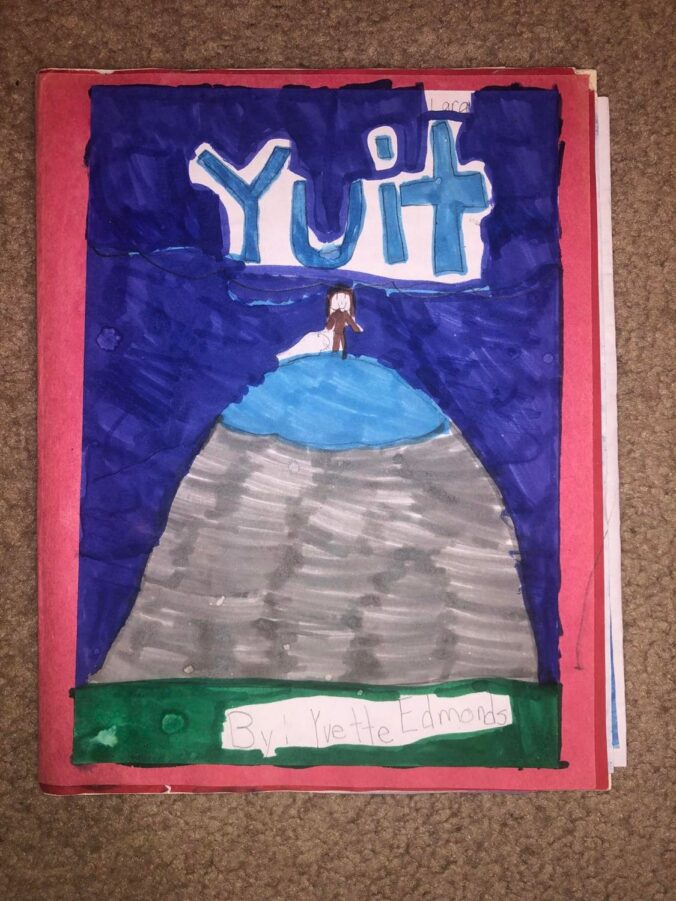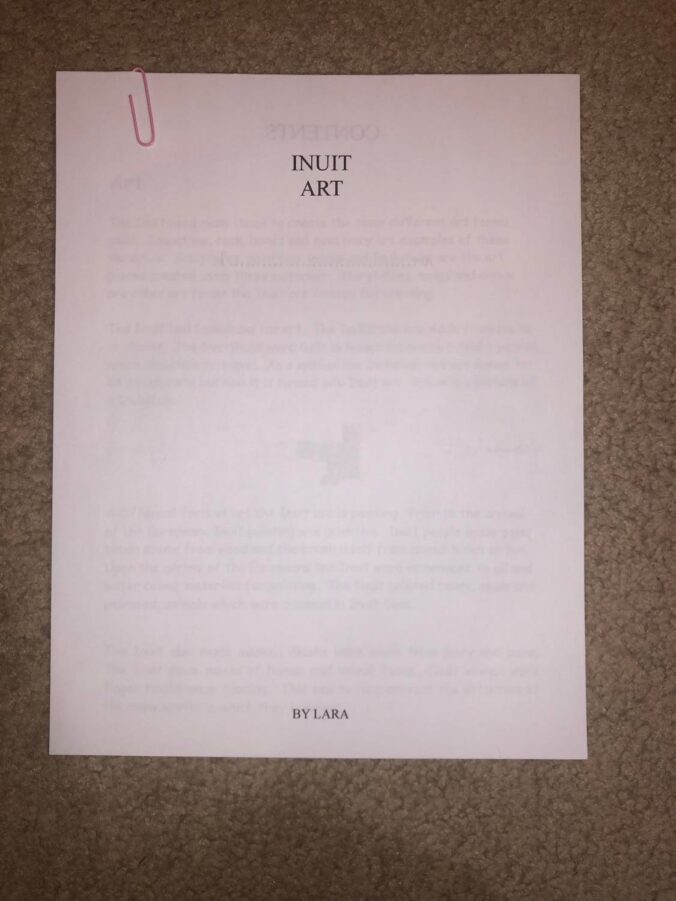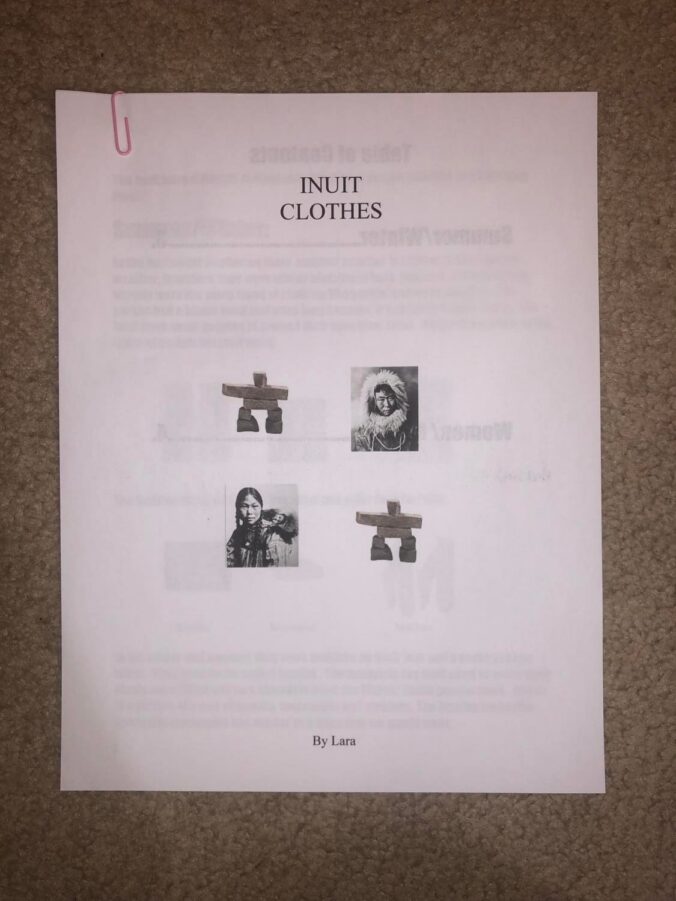After learning about cultural appropriation vs. appreciation, I now feel more comfortable getting into a classroom and teaching interculturally. Although I may still make mistakes in bringing culture into the classroom, I now know what to do and how to shift my consciousness using Gorski’s seven shifts. I enjoyed looking through my old assignments since I was able to see how my mindset has changed since I was younger and find examples of what cultural appropriation looks like within the classroom. When my teachers were teaching these lessons, I do not believe their intent was malicious; however, looking back, I can see that the impact outweighed their intent (Uuka, 2019). Some of these projects might have even furthered oppression and normalized discrimination. As I am teaching culture, I am sure to feel uncomfortable as I try to research and find the history of different cultures and how it intersects with Canada. However, “this tension is a call to action requiring that we as … teachers grow our understanding and respect for the people and histories” (Howard, 2020, p. 69). Instead of backing away from the tension and discomfort, I will now be able to work through it and know that I am furthering my understanding of the culture and my class’, which will build and demonstrate respect for everyone involved.
In the future, I would like to learn more about the impacts of cultural appropriation on a community. I learned in this inquiry that cultural appropriation furthers oppression and discrimination in Canada. However, I would like to research more about specific communities and find out the impacts it has on the community and whether it increases hate crimes or violence towards their culture.
Gorski, P. C. (2008). Good intentions are not enough: A decolonizing intercultural education. Intercultural Education, 19(6), 515–525. https://doi.org/10.1080/14675980802568319
Howard, K. (2020). Equity in music education: Cultural appropriation versus cultural Appreciation—Understanding the difference. Music Educators Journal, 106(3), 68–70. https://doi.org/10.1177/0027432119892926
Uuka, R. [Resolutions Northwest]. (2019, September 16). Impact vs intent by nyanga uuka [Video]. YouTube. https://www.youtube.com/watch?v=bBMWkHHAkN8&feature=youtu.be









